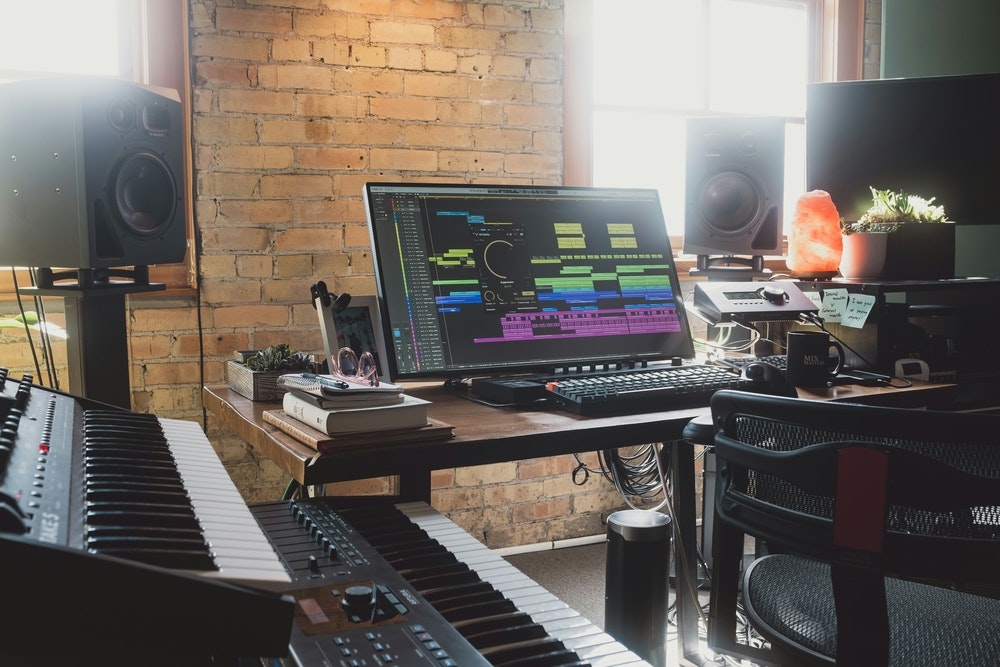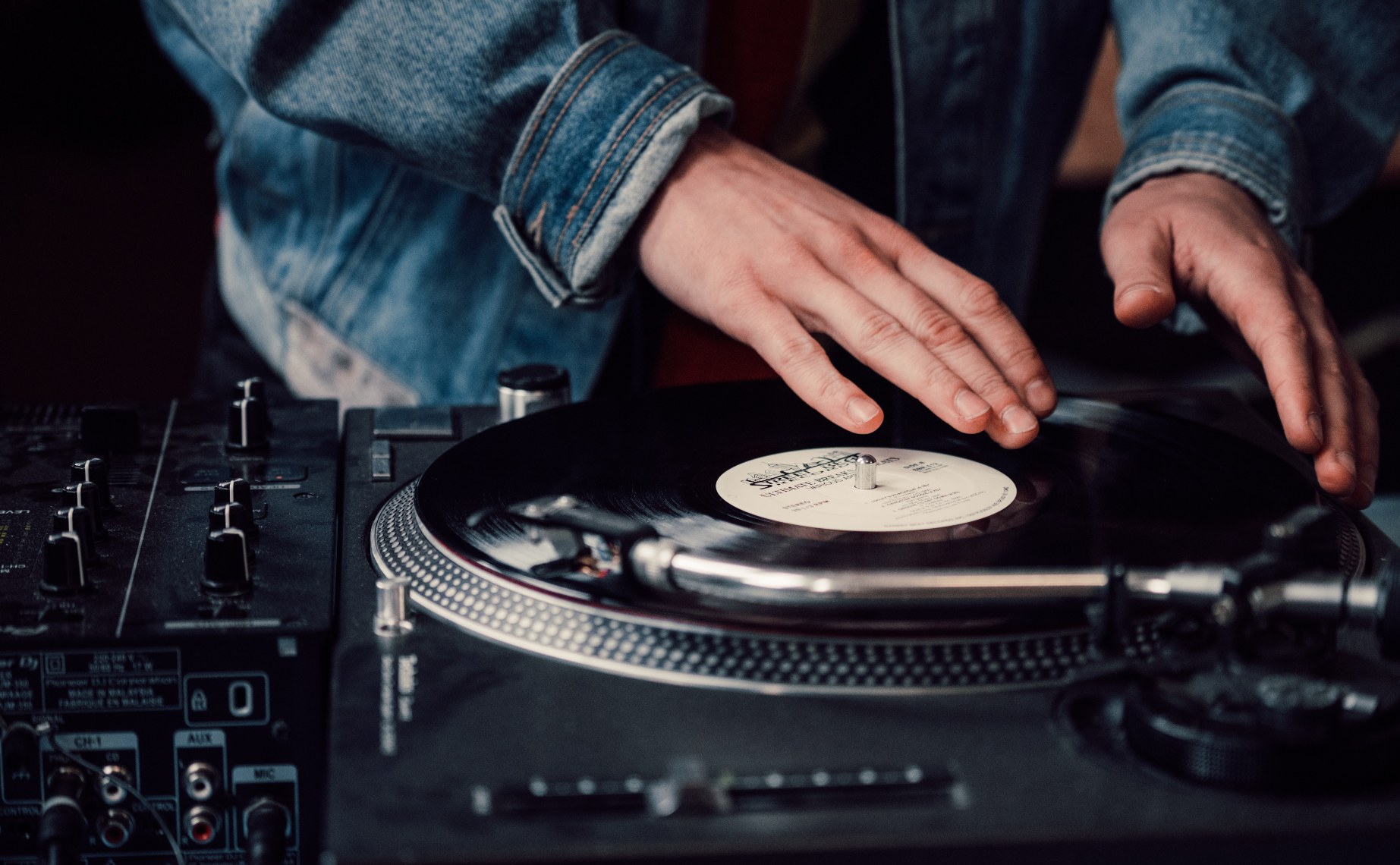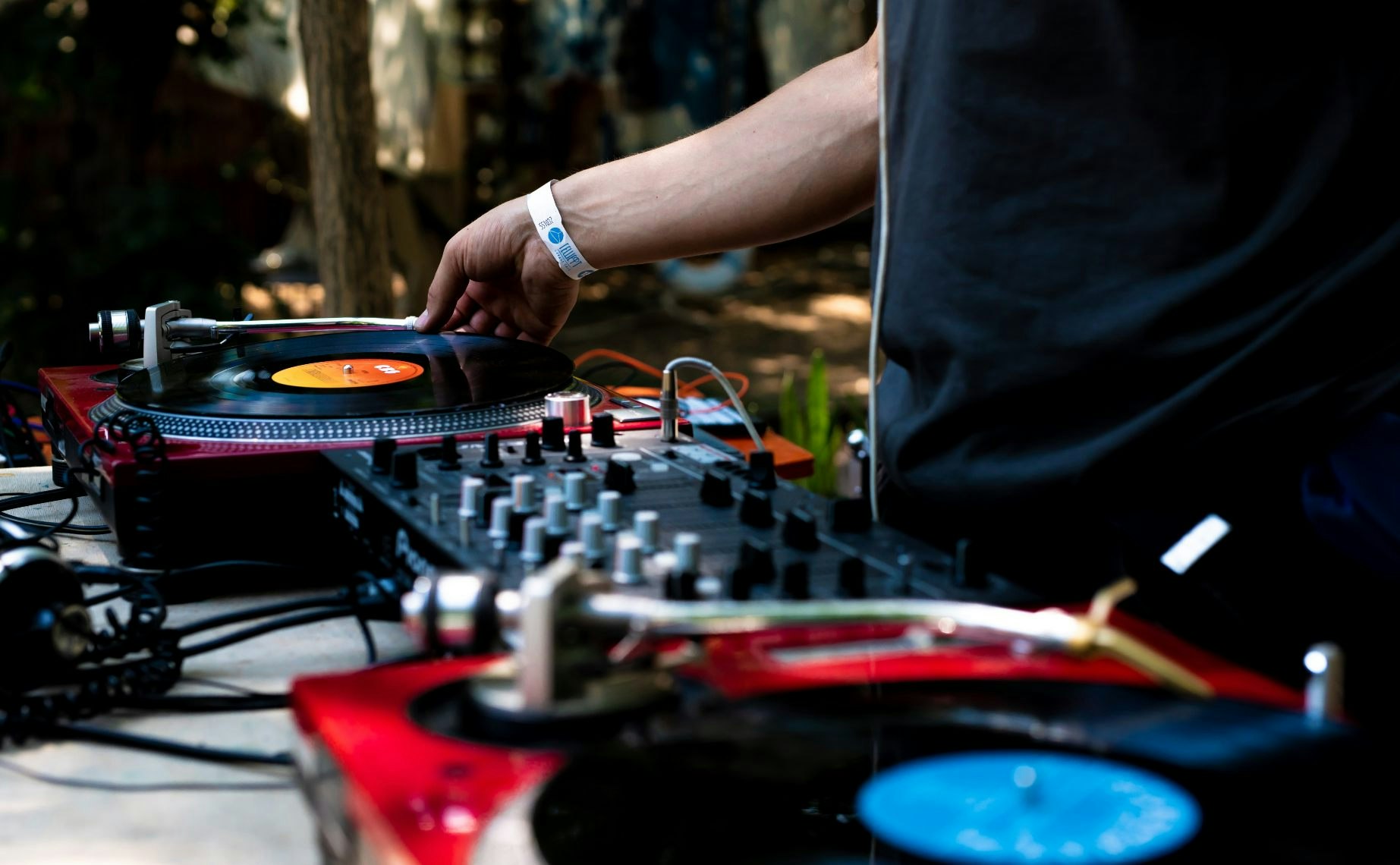
■ Music Production Tips
Christopher Carvalho discusses the history of this seemingly everlasting music medium.
Did you know that sales of vinyl have been surging in the age of streaming?
Below, Christopher creates a vinyl timeline as he delves into the history of the format - from when vinyl was invented, through its decline and resurgence.
Vinyl is a means of storing an audio signal. It’s a physical, analogue medium, which has limitations, but also comes with some much desired warmth and flair.
Paired with a turntable to suit, and a loud speaker system, vinyl provides a means of capture, storage, and reproduction of a musical recording.
Vinyl is made of PVC plastic. However, in the early days, records were made of shellac which was less durable.
When you look at the history of DJing, the original Disc Jockeys spun vinyl records pretty much exclusively. This provided a very tactile relationship between the fingers of the DJ and the groove of the record.
The DJ was able to physically work with the record on the deck, which is paramount when looking at how to beatmatch and mix two different records. As per the very analogue nature of vinyl, no two records are exactly the same, even when they were supposed to be. This creates a lot of nuance which can be both desirable and impractical.
Vinyl records are still spun by DJs and bought by audiophiles even in the age of MP3, USB, streaming, and all other digital technologies. And there are a few, if not practical, but somewhat romantic reasons for this.
One more practical reason is the tactile nature as we have always discussed. But another, more subjective reason is to do with the sonic properties of this medium.
Vinyl records are known for the characteristics they add to the audio signal. Someone might describe these as warm, musical, deep or soulful. What we are talking about here, in more literal terms, is distortion. Distortion in the sense that the reproduced signal is slightly different to that of the master recording. This difference, when subtle, can be perceived as desirable.
The art of ‘scratching’ records, effectively looping specific parts of a track, and generally manipulating the record for flair is known as the art of turntablism. The tactile nature of vinyl lends itself to the emergence of such creative phenomena. This is partly lost on later media such as CD and MP3.
The turntable has been used as a musical instrument since the 1940s and 1950s when experimental composers began sampling and creating music entirely produced by the turntable.
Heard of the amen break? It’s way more likely you’ve heard it rather than heard of it. It can be found across a wide range of electronic and dance music genres and even beyond. The amen break is a drum solo from the 1969 track 'Amen, Brother'. This infamous drum loop has probably been sampled and remixed more than any other loop in musical history.
With the emergence of sampling, vinyl played a critical role, as producers would record snippets from their favourite records so they could be used in new and creative ways in the records they were producing.
DJs the world over have vinyl copies of the amen drum break for all sorts of creative reasons, especially vinyl DJs and DJs learning how to mix vinyl.
There are many drawbacks to be said about vinyl. One being that even a modest amount of records needed for a single DJ set requires a lot of heavy lifting.
However, CDs are much lighter, thus much more music can be carried in a CD wallet than in a flight case of Vinyl.
This was instrumental in the abandonment of vinyl as a medium for many DJs as well as consumers.
Later, advancements in DJ software and DJing technology in general, made it significantly easier for DJs to cue, mix, and sync tracks in the digital domain.
With the introduction of Pioneer's first CDJ player in 2001, followed by various CDJ types coming onto the market, each more sophisticated than the last, DJs stopped using vinyl as much and the medium became a niche.
Sales of vinyl have enjoyed a steady climb in recent years. Perhaps this is because people are craving that connection with music that they don’t get with streaming. Nothing feels quite like vinyl does. A large part of the experience is found in beholding the artwork, reading the liner notes, and bringing the needle to the groove.
Vinyl also adds a social element to listening to music. It’s more eventful to have people over for dinner and be playing the best of your collection in the background. The fact that you will have to flip or replace the record on your turntable makes for a more engaging experience.
Did you know that vinyl is surging in popularity so quickly that the world is actually struggling to keep up with demand?
As there is a limited amount of pressing plants in the world, the price of vinyl is increasing as demand continues to rise over supply. It’s becoming an industry-wide concern.
If you’re asking me, people are buying vinyl because they feel a greater sense of connection with the music than they get on streaming platforms. There is a sense of ownership that comes with it. People also feel inclined to support their favourite artists, and buying vinyl fulfils that urge.
Steve Jobs once projected a new kind of vinyl record that was modernised and took advantage of more modern technologies. Vinyl is far from a perfect medium, and there is much to be said for its fidelity when compared to modern digital formats.

Feeling inspired? You can book one of Pirate's DJ studios in the UK, Ireland, US or Germany.
